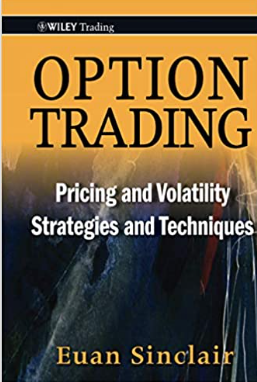
Macro Analysis of FX. Putting my erstwhile FX trader hat on to analyze what is happening with global markets.
I see the #CrudeOil move, #EURUSD move as a flight to safety move into USD.
I'm trying to explain the causation of flow in below thread 🧵
1/n
I see the #CrudeOil move, #EURUSD move as a flight to safety move into USD.
I'm trying to explain the causation of flow in below thread 🧵
1/n
What all is losing ground against #USD?
#CrudeOil 🔻8.32%
#EURUSD 🔻1.77%
#GBPUSD 🔻1.49%
#Gold 🔻2.1%
#BTC 🔻2.7%
All these are being sold against USD. The money doesn't leave the system. So where does it go?
In risk-off environment it goes to safe havens such as:
2/n
#CrudeOil 🔻8.32%
#EURUSD 🔻1.77%
#GBPUSD 🔻1.49%
#Gold 🔻2.1%
#BTC 🔻2.7%
All these are being sold against USD. The money doesn't leave the system. So where does it go?
In risk-off environment it goes to safe havens such as:
2/n
#USD, #CHF, #JPY, Long-Dated US bonds (30Y) & #GOLD.
While some G10 FX pairs have lost upwards of 1.5%, both safe-haven currencies of JPY(🔻0.11%) and CHF (🔻0.89%) are seen relatively stable when compared to other G10.
US30Y Yields are down (bonds are up) by🔻4%.
3/n
While some G10 FX pairs have lost upwards of 1.5%, both safe-haven currencies of JPY(🔻0.11%) and CHF (🔻0.89%) are seen relatively stable when compared to other G10.
US30Y Yields are down (bonds are up) by🔻4%.
3/n
thereby further supporting that money is being moved into the relatively safer bonds when compared to risk assets.
The only anomaly is #GOLD. The one time GOLD gets taken to cleaners is when Big Daddy USD is in full motion of strength. Money is being moved from GOLD to USD.
4/n
The only anomaly is #GOLD. The one time GOLD gets taken to cleaners is when Big Daddy USD is in full motion of strength. Money is being moved from GOLD to USD.
4/n
#EURUSD is gaining news headline as it is reaching a psychological parity level (EUR/USD=1.0) and is not the cause of the flow. It is the effect. If anything you should expect a strong flow of buyers around the parity level.
5/n
5/n
Taking a view of the entire ecosystem from a flow perspective helps in understanding that these moves are much more inter-correlated and not limited to macros of Euro, Crude, Inflation Expectations or Interest Rates alone.
n/n
n/n
If you liked the thread - plz consider following me and retweeting it 😀
https://twitter.com/Ankit_Quant/status/1544360931760607235?s=20&t=PVg4X6J9D49UWC0ZMZR5OQ
• • •
Missing some Tweet in this thread? You can try to
force a refresh












